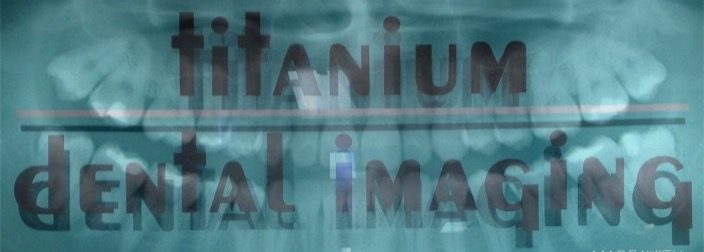TMJ Xrays usually occur in more traumatics situations. Clinical indications include trauma, the presence of joint noises, trismus and occlusal alterations. Your dentist may recommend a professional radiograph to you for a variety of orthodontic situations. TMJ Xrays are not quite as common as the other X-Rays we offer, but if there are abnormalities, or any other possible harmful situations we will immediately take a TMJ Xray.
Should your dentist recommend a TMJ Xray, it would be best to take the matter seriously as it is an advanced dental imaging device. The position for a TMJ Xray is a lot different than other Xrays. The patient is typically seated upright with the side of interest closest to the detector. This may cause discomfort based on what part of the mouth is receiving the TMJ Xray. The patient’s head is usually placed in a true lateral position, and depending on the projection, you may either be asked to have your mouth open or closed.
Titanium Dental Imaging is the #1 recommended Dental Imaging Practice for dentists to recommend their patients to. We understand that radiographs can be uncomfortable for some, and our staff is trained to make your experience as enjoyable as possible so you can have healthy teeth. If you are in need of advanced dental imaging, ask your dentist about Titanium Dental Imaging, or you can schedule an appointment with us today!
![Titanium Dental Imaging [TDIX]](https://i0.wp.com/tdix.com.au/wp-content/uploads/2018/01/cropped-TDIX-Logo.jpg?fit=240%2C219&ssl=1)

